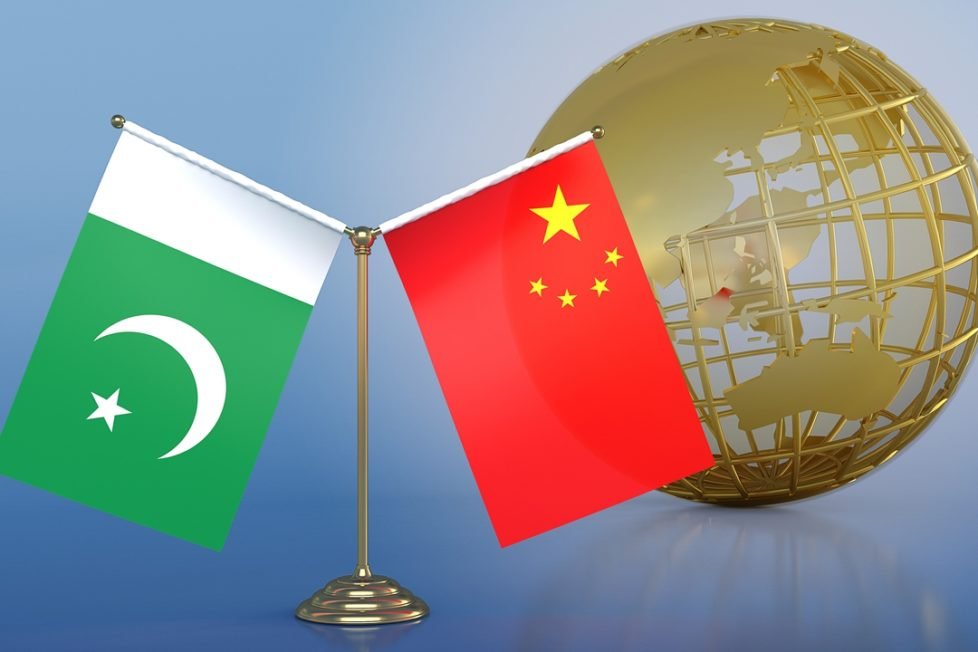Amid the funding issues and delays, China and Pakistan have invited a third country to join the CPEC project.


China and Pakistan have now extended an invitation to any third country to join the multibillion-dollar infrastructure project for what they claim would be “mutually beneficial cooperation” as the China-Pakistan Economic Corridor (CPEC) encounter obstacles due to funding shortages and delays.
The second phase of the $65 billion megaproject has begun while Pakistan battles a domestic financial crisis. And even China is experiencing the collapse of real estate and escalating depositor protests. The CPEC is the centrepiece of China’s ambitious Belt and Road Initiative (BRI), which aims to resurrect historic trade routes by creating a modern-day Silk Road that connects it to the south and southeast Asia, the Middle East, Africa, and Europe.
The BRI, which is at the heart of China’s foreign strategy, has received a significant boost. It has made significant investments in the construction of power plants, ports, trains, 5G networks, and the deployment of fibre-optic cables along the route as part of the connectivity project.
One of China’s largest initiatives in a single nation is CPEC. It was designed to demonstrate the effectiveness of BRI and gave China the opportunity to use its relationships with its reliable friend to obtain approvals and assurances of security for its projects. But other BRI projects, which are also suffering from debt, have taken a hit as a result of China’s failure to portray CPEC as a success story and model.
The CPEC was inaugurated in 2015 by then-Pakistani Prime Minister Nawaz Sharif and Chinese President Xi Jinping. Pakistan’s economic problems had started much earlier, and the initiative was intended to help the nation escape its catastrophic predicament and put it on the path to development.
Seven years later, Pakistan is currently experiencing a financial crisis that is in part attributable to the supposed cure for the chronic condition. Pakistan’s debt increased in part as a result of CPEC. The project required Islamabad to import materials worth billions of dollars, increasing its current account deficit. After the pandemic started, Pakistan sought assistance from the International Monetary Fund (IMF) as the country’s financial situation deteriorated. The $6 billion package also came to a standstill as the nation attempted to satisfy IMF requirements for payment release.
In the meantime, the CPEC projects that were in the works were plagued by corruption and security risks in addition to financial constraints.
Strong Baloch opposition to Islamabad’s control over their land has expressed itself in opposition to the CPEC projects. The resource-rich Balochistan province, which has long been a hotbed for conflict, is a critical link in the CPEC. China is rumoured to be particularly interested in utilizing the area’s gold, gas, and coal deposits and wants to rehabilitate the abandoned Gwadar port to get access to the Indian Ocean.
According to analysts, the construction of a contemporary port in Gwadar will open the door for the establishment of a Chinese military base there in the future.
However, terrorist strikes have consistently targeted CPEC infrastructure. Even Chinese soft power faces severe obstacles. Three Chinese teachers were among the four individuals slain by a Baloch suicide bomber at Karachi University earlier this year.
The Baloch people contend that their province is being used for Islamabad’s profit, causing the area to remain underdeveloped and unaffected by the developments.
Pakistan is searching for methods to postpone loan repayment dates and lower interest rates from Chinese banks as it becomes more difficult to maintain infrastructure and repay debts.
Last week, the value of the Pakistani rupee to the dollar reached a new low. Its foreign reserves have decreased by 60%. The severe reforms implemented by the new Pakistani administration have caused the price of gasoline and diesel to skyrocket, reaching Rs 230.24 and Rs 236, respectively (even after price cuts last week).
According to sources, China and Pakistan have been considering expanding the CPEC to Afghanistan in order to support economic growth and stability in the Taliban-ruled country in exchange for assurances about security and human rights, particularly the education of girls.
The foreign office released a statement about Friday’s meeting of the CPEC Joint Working Group (JWG) on International Cooperation and Coordination. It stated, “As an open and inclusive platform, both sides welcomed interested third parties to benefit from avenues for mutually beneficial cooperation opened up by CPEC.”
This invitation comes at a time when even the Chinese economy is struggling as a result of bank protests, loan defaults by real estate developers, and strikes over mortgages that analysts worry may undermine public trust in the banking system.
While China asserts that the issues will be resolved and dismisses the worries about a financial system collapse as “hype” from the western media, it is also unable to maintain its investments in Pakistan in the absence of debt repayments. Could a third nation sustain the CPEC? And would a nation like that stand to gain from the CPEC, many of whose projects have far surpassed their completion dates?
DISCLAIMER: The author is solely responsible for the views expressed in this article. The author carries the responsibility for citing and/or licensing of images utilized within the text.
